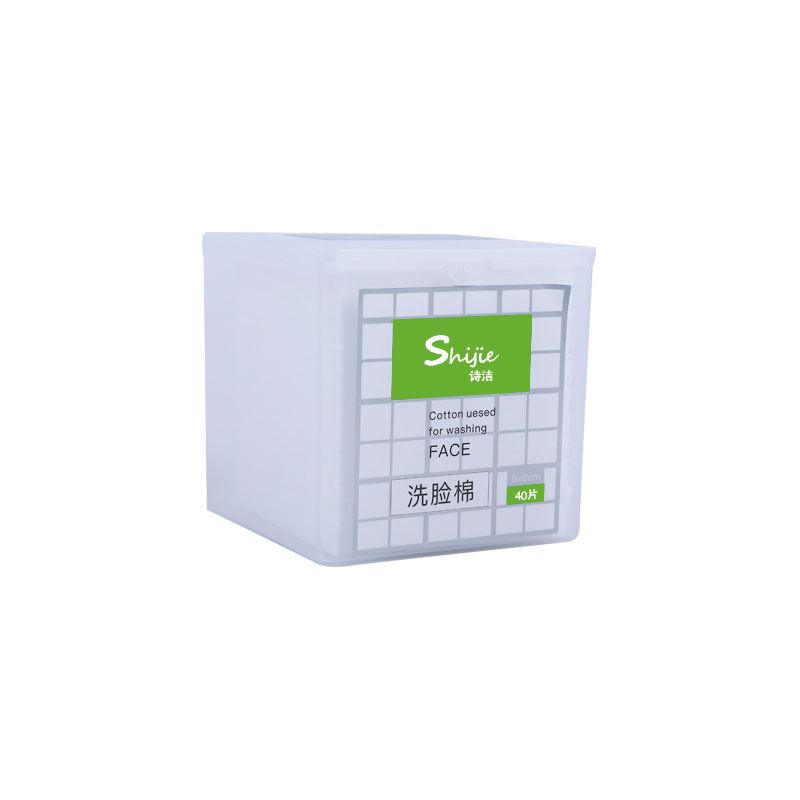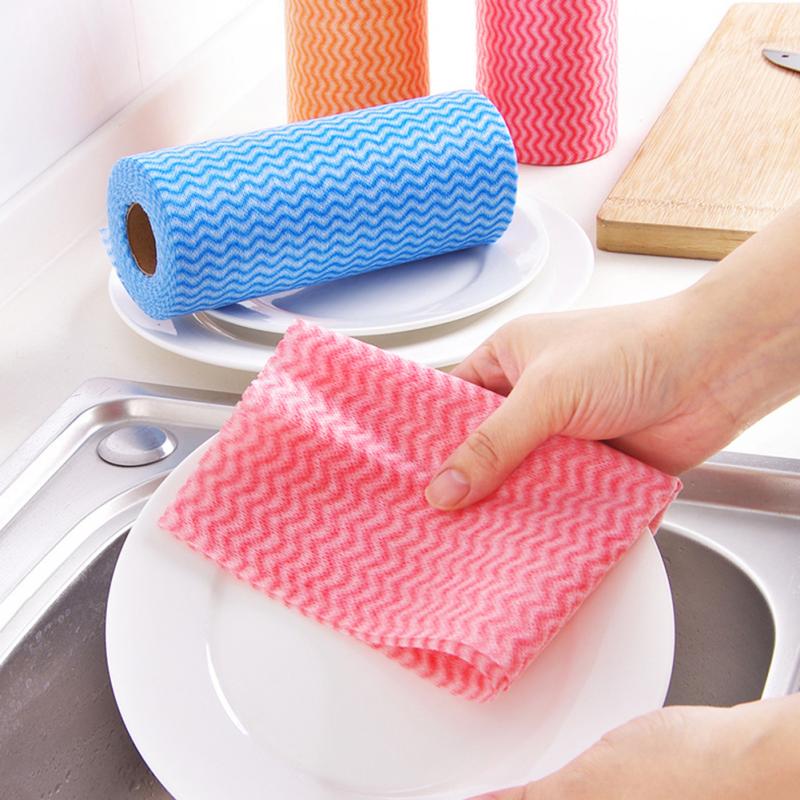The differences between woven, knit, and non-woven fabrics come down first to manufacturing process, and then to the qualities of the final product.
The primary non-woven fabric would be felt. Felting is the oldest known means of making cloth and exists in most cultures. Not all fibers are suitable for making felt because felting requires that the fibers will clump and adhere to each other to form a mat. Felt is traditionally made by taking animal fleeces, fur, or hair fibers and compacting and matting them (usually while wet, because moisture aids the felting process) until the individual fibers mat together into a single piece. The resulting fabric has no grain or visibly separate threads or fibers, doesn’t unravel, is not stretchy when dry, and is comparatively thick and heavy. Felt can be used for making tents and blankets as well as clothing and hats. (Unlike typical woven or knit fabrics, felt can be stretched molded into a shape while wet that it will retain when dry, making it particularly suitable for blocking into hats.)


Woven fabric is, as the name implies, made by weaving. To weave fabric, warp threads are fixed in a parallel pattern in a loom, and then a weft thread is passed back and forth, perpendicular to the warp and passing over and under alternating warp threads with each pass through the warp. The resulting fabric can be very fine or quite heavy, with an open or tight weave, all depending on what thread was used and how tightly the threads were packed in the weaving process. Woven fabric can fray and unravel from cut edges if they are not sewn down, or pinked, or otherwise fray-checked. Woven fabric doesn’t usually have much stretch to it “with the grain,” i.e. in the direction that the warp or weft threads run, but will have some stretchiness “on the bias,” i.e. along a line that runs at a 45 degree angle from the warp or weft. Fabric can be woven from pretty much any fiber that can be spun into thread and has enough tensile strength to avoid breaking when tightly warped into a loom.
Knit fabric is made by knitting, which is a process of creating loops along a single continuous thread or yarn, and then creating and pulling another tier of loops through the row or circle of previous loops until the desired size and length of fabric is achieved. Knitting can be done by hand, with knitting needles, where the loops are formed on the needles and new loops are formed and sequentially pulled through at the point where the needles meet. Knitting can also be done by hand using a knitting loom, where the first set of loops are formed around the pins of the loom, and subsequent ones are pulled through them using a crochet hook. Knitting can also be done by machine, which works much like a knitting loom, except that there will be dozens of hooks that pull through dozens of loops simultaneously, so that the fabric is formed much faster. Knitting produces by far the stretchiest fabric, and is most commonly made out of thread or yarn that has a certain amount of stretch to it also.